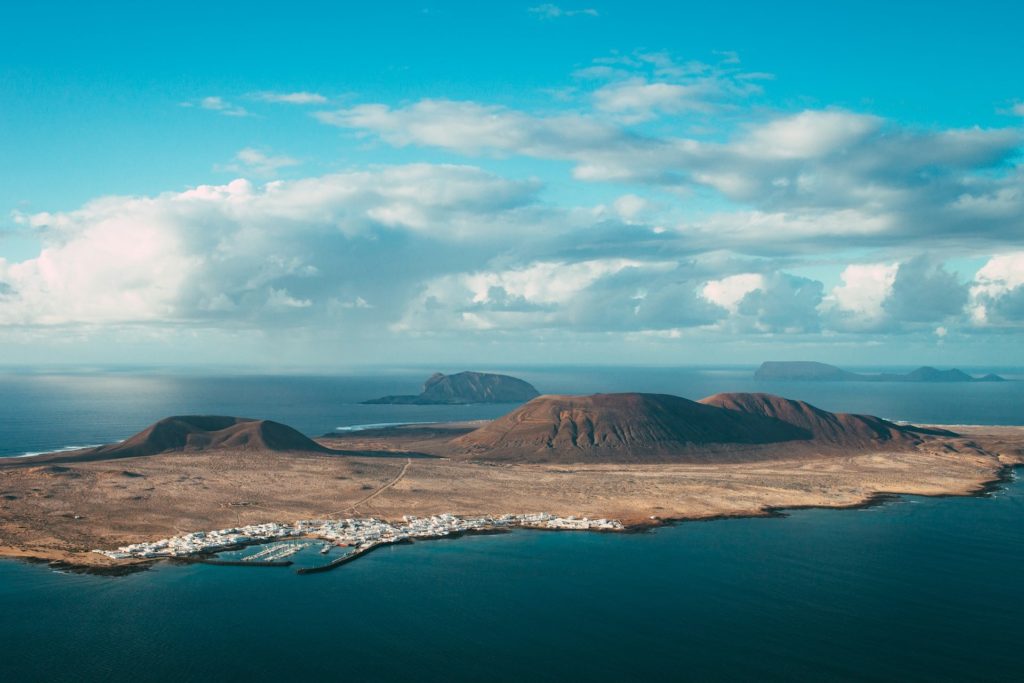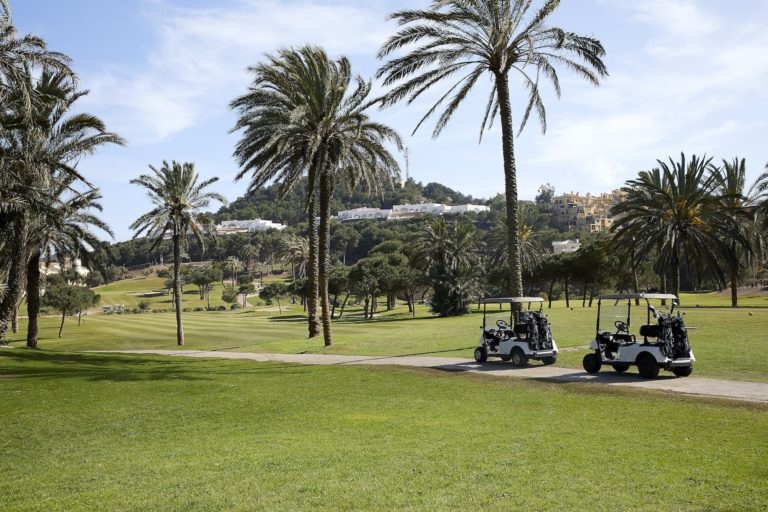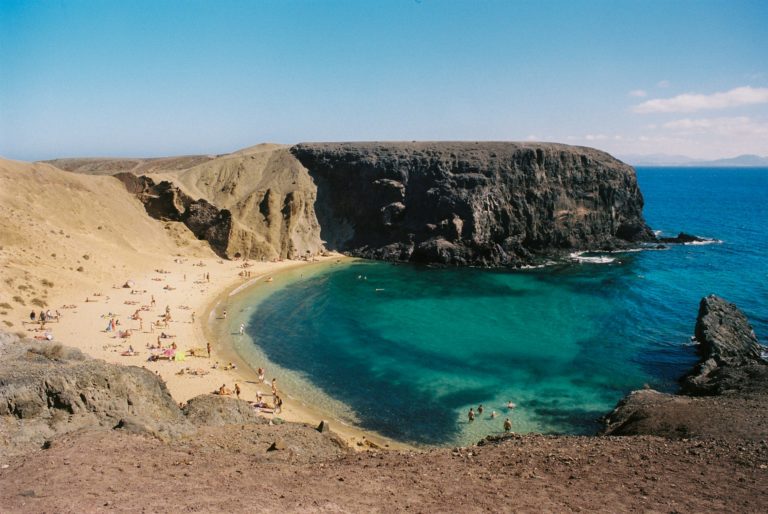
Attracting high-net-worth individuals to a luxury destination, whether as residents or tourists, requires offering services tailored to their lifestyle. Luxury tourism demands not only a quality hotel and services offer, but also infrastructure that facilitates exclusive experiences.
The Canary Islands are preparing to take a decisive step forward with the implementation of an ambitious strategy for the modernization of their island tourism infrastructure, with special emphasis on the transformation of the Tenerife South, Tenerife North and Lanzarote airports, which will receive an investment of €1 billion for their remodeling beginning in 2027. These initiatives, which will presumably be joined by investment in railways, will act as the foundation for the consolidation of the archipelago as a premium international destination over the next decade.
The island strategy: sustainability and digitalization
The Canary Islands Tourism Infrastructure Strategy, presented a few months ago by the Minister for Tourism and Employment of the Government of the Canary Islands, Jessica de León, proposes 41 strategic initiatives grouped into several lines:
- Sustainability and energy efficiency: Implementation of measures that reduce environmental impact. These include the use of renewable energies and the reduction of water and resource consumption.
- Innovation and digitalization: Development of technological tools for the efficient management of tourism, including the digitalization of services and improved connectivity in key areas.
- Accessibility and mobility: Creation of infrastructure that enables better movement between islands and a smoother experience for travelers. In this regard, the aforementioned investment in airports and railways promises to radically change mobility on the islands.
- Destination quality: The promotion of varied products of quality that attract tourists with high purchasing power and reduce seasonality. The aim is to promote local culture and heritage.
The region’s commitment to sustainability reached a turning point in 2024 when the Canary Islands became the first region in Spain to certify its tourism sector carbon footprint. This step, part of the institutional commitment to sustainability, seeks to align the destination with the expectations of luxury travelers and those with a high sociocultural background, who increasingly expect environmentally responsible experiences.
Airports as iconic architectural projects
Because airports are the first impression a traveler receives of a destination, in the case of the Canary Islands, the objective is to turn them into true landmarks. The comprehensive refurbishment of the Tenerife South, Tenerife North and Lanzarote airports seeks to improve not only operational capacity, but also travelers’ experiences from the moment of their arrival.
Designed to communicate the identity and exclusivity of the destination, renovations will include new terminals with more light, larger VIP areas, advanced technology to speed up customs procedures and improvements in connections with the major tourism areas. In addition, the use of sustainable materials and avant-garde design will reinforce the image of the Canary Islands as a premium destination.
It is increasingly important that luxury destinations adapt and improve their offer in order to consolidate their position in the global market. In seeking to rewrite their possibilities as a destination, the Canary Islands are betting on a model in which luxury and sustainability go hand in hand, ensuring that their attractiveness continues to grow among travelers with high purchasing power.



